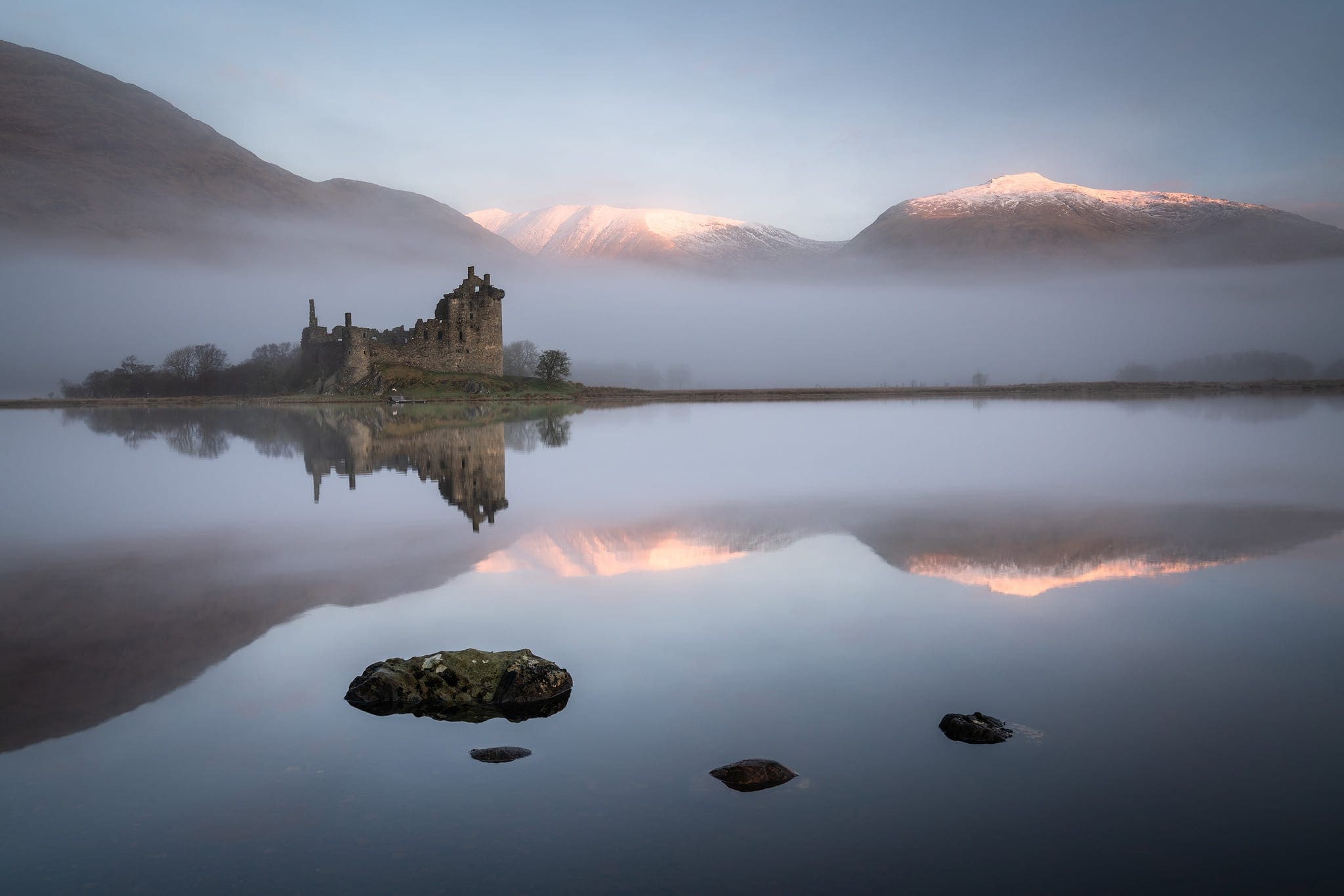“Landscape photography shows spaces within the world, sometimes vast and unending, but other times microscopic. Landscape photographs typically capture the presence of nature but can also focus on man-made features or disturbances of landscapes. Landscape photography is done for a variety of reasons” – Wikipedia


Landscape photography explores places in the world that are usually seen as continuous and never ending by implementing sublime, detailed landscapes in conjunction with beautiful skies that set a mood with a phenomenon known as pathetic fallacy. Some photos may have dark, dull and high contrast skies made up of dark blues, grays and blacks to set a negative mood/tone, whereas others may be brighter and happier in tone with the implementation of natural sunlight, often being used at dawn or dusk when the light is less harsh and makes for cooler, more vivid colours with hints of yellow, orange, red, pinks and purples adding to the photos colour palatte. This makes it possible to tell stories through landscape photography, often having many underlying meanings for the observer to decipher.

Most of the time, this type of photography is meant to show the presents of nature, but it can also contain man-made features that have disturbed the nature such as city skylines.

However, landscape photography doesn’t normally show much human movement and mostly focuses on the pure signs of nature and extreme weather. Photographers are inspired and challenged by the beauty of nature ever since the begging of the landscape photography up to this day.
WHAT IS ROMANTICISM?
The Romantic era was an artistic, musical and intellectual movement in Europe towards the end of the 18th century. Romantic era lasted approximately from 1800 to 1850. The movement of art/intelligence showed intense emotions such as terror and fear. All of those emotions were shown by the perfection and the beauty of nature.

